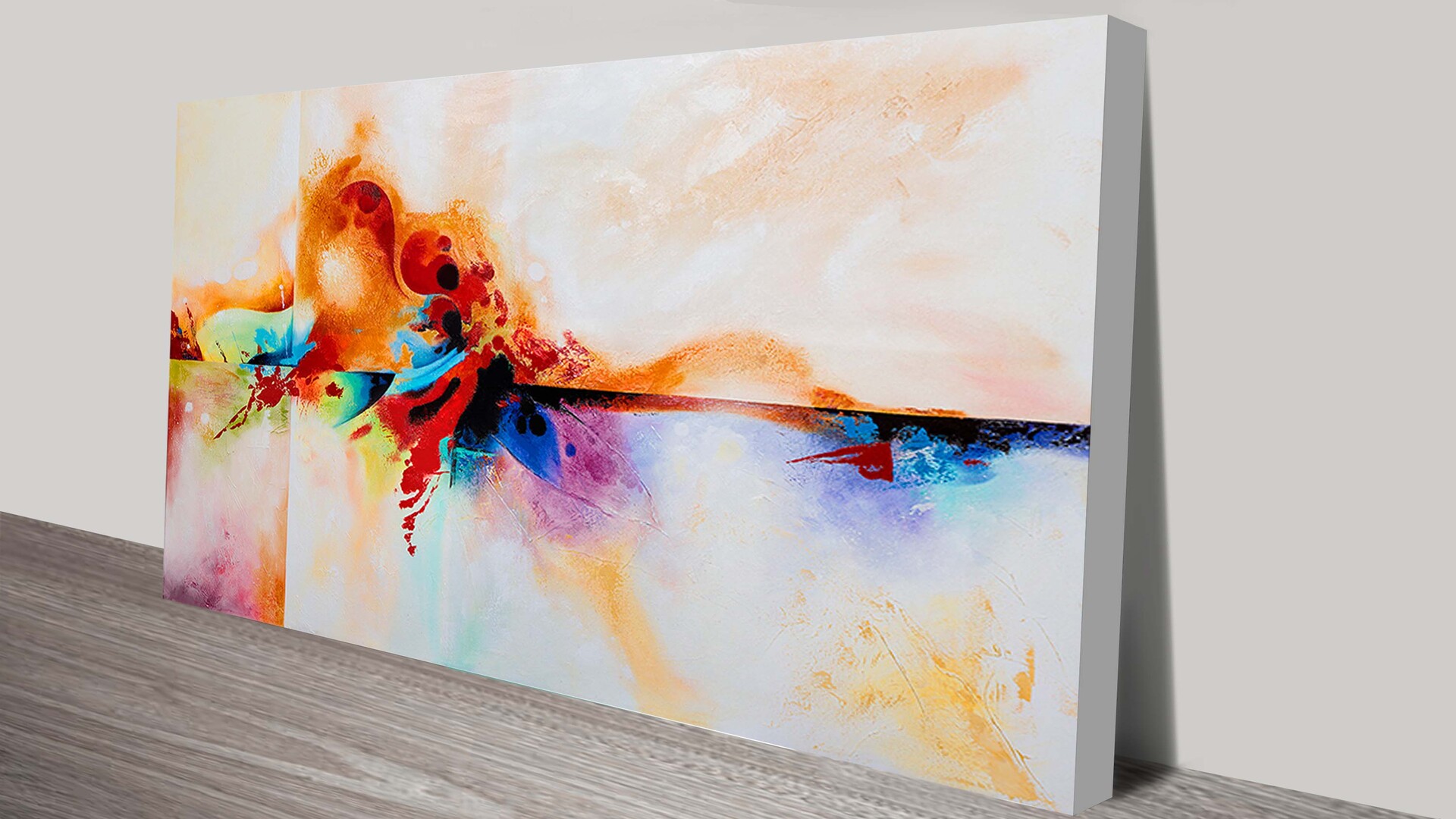Have you decided to start a business that will consist of creating prints on canvases and then selling them? And that’s really cool! But have you considered the seemingly small detail that different inks can be used for printing? In this article, we’ll discuss their varieties and give you a couple of tips on how to use them so that you can be as successful as possible in your business.
But before we start, we’d also like to recommend one great website where you can not only buy a finished painting but also order the creation of your own unique project. If you have ever wanted to embellish your space in cyberpunk style, for example, pixoram is ready to help you with that! There is a neon wall art canvas with which you can breathe a unique atmosphere into the room.
Types of inks
Here are the main types of inks that are used in canvas printing.
Solvent inks
The basis of the composition of the solvent ink is a solvent. The coloring element is a special pigment. The principle of their action is the softening of the upper layer of the material and fixation of the pigment inside it.
The main advantages of such inks can include:
- Resistance to sunlight.
- Brightness.
- Resistance to moisture.
As for the disadvantages, we can distinguish:
- Toxicity.
- Acrid odor.
- Expensiveness.
- Inadequate quality for printing photographs.
Water-soluble inks
The basis of water-soluble ink is a solution of water and dye, as well as various additives. The advantages of such inks include the following:
- High brightness, which is provided by active light reflection.
- Variety in the choice of materials and equipment.
- Low cost.
- The clarity of the image.
But water-soluble inks, like other types of ink, have their disadvantages. Here they are:
- Unresistant to ultraviolet rays.
- Unresistant to moisture.
Water-soluble inks are the most common when it comes to printing on canvas. They are used for almost any print on canvas. But only if the painting is planned to be displayed at home, not somewhere outdoors.

Pigmented inks
The base of pigment inks consists of organic and inorganic pigments consisting of finely dispersed solid particles that are insoluble in water. These particles penetrate the printing tool with ease and are very tightly fixed on top of the material but do not penetrate the entire structure of the material.
Among the unambiguous advantages of pigmented inks are the following:
- Their ability to set quickly.
- Extremely high contrast.
- Clarity and a high degree of detail.
- Resistance to ultraviolet light and moisture.
- Long life – images printed with pigmented inks can retain their beautiful appearance for 20 and sometimes 30 years.
Disadvantages? Yes, there are. One, but a very serious one, to be exact:
- Pigmented ink dries out quickly in the printer, clogging the cartridge (with extended downtime).
Ultraviolet inks
The base composition of ultraviolet inks is non-volatile, solid chemical elements that are not absorbed into the structure of the material but are cured on top by ultraviolet light. The advantages of UV inks include the following:
- They are extremely stable.
- They provide record-breaking coverage densities.
- They are harmless to human health and the environment.
- They have high-quality color reproduction, contrast, and image clarity.
- They have impressive durability characteristics.
As for the negative sides, we can highlight the following:
- The negatives include the high cost of printing equipment.
Choosing the right inks is the key to success. If you use the right inks at the right time, you’ll have just fine prints on your canvases.
